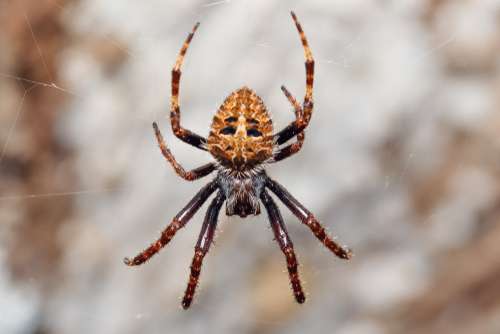Russian scientists together with their American colleagues, who study bat parasites, have compiled a complete list of Nycteribidae flies for all regions of Russia. Representatives of the family can carry infections dangerous to animals and humans – according to the TSU University website.
For nine regions of Russia, Nycteribidae have been identified for the first time. In Siberia, they were found on bats, which are often found in populated areas and come into contact with people.
So far, nycteribiids (bat bloodsuckers) have been poorly studied, but they have important medical significance, said one of the authors of the article, a scientist of the Biological Institute of Russia Tomsk State University Maria Orlova. According to her, bloodsuckers, as their name suggests, feed on blood, and they consume quite a lot of it compared with other parasites, which makes them active participants in the circulation of a large number of pathogens.

Nycteribidae are also involved in the maintenance of bartonella and rickettsia bacteria in bat colonies. They pose a danger to humans. In addition, several years ago it was found that bloodsuckers contribute to the spread of fungus spores, the causative agent of a dangerous disease of bats – “white nose syndrome”.
According to the authors, in the course of studies, Nycteribidae was found for the first time for nine regions of the Russia, including Perm Krai, Mordovia, Dagestan, Tyva and others. At the same time, new hosts for several species of bloodsuckers were identified. For example, one was collected from the bicolor leatherback and another two from the northern leatherback.
The list compiled by scientists on the basis of studies conducted and few literature data gives an idea of which representatives of the group inhabit each region of the Russian Federation. Such an approach will make it possible to assess potential risks of spreading epidemics and epizootics among animals and humans.
The researchers do not exclude that in the foreseeable future the area of some species of cranes may expand. This is due, above all, to the fact that bats, being warm-blooded, strongly depend on the number of shelters in the territory. Therefore, changes in the ranges of bats are usually associated with the emergence of cities and other settlements in which suitable shelters are found.




